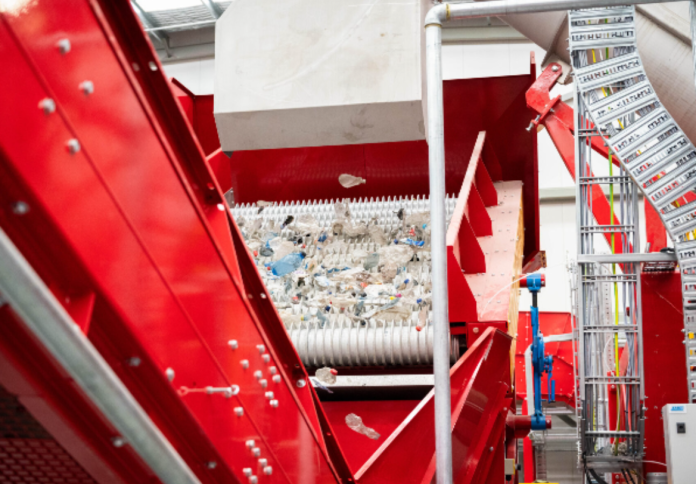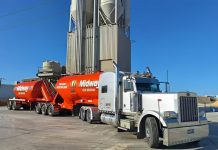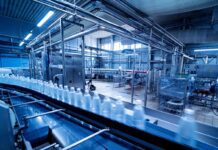
Packaging and recycling company Pact Group has announced its goal of cutting its greenhouse gas emissions by 50 per cent in Australia and New Zealand by 2030— the latest move in the company’s drive towards a more sustainable future.
The target includes the emissions directly and indirectly produced by the company. Direct emissions, dubbed scope 1, cover sources that Pact either owns or controls, such as the gases generated at its facilities from furnaces, boilers, heavy machinery, and LPG forklifts.
Scope 2, which covers the company’s indirect emissions, includes waste produced from electricity purchased to power Pact Group facilities.
In a press release, Pact said its plan will initially focus on Australia and New Zealand where the company has its biggest footprint but will expand and include operations across the Asia Pacific in the coming years.
“Our business activities have a direct impact on the environment and as a leader of the circular economy, it is our responsibility to ensure we contribute positively to the global action on climate change,” said Sanjay Dayal, chief executive and managing director of Pact Group. “Our 50% reduction target also means we are aligning ourselves with the expectations of our suppliers, customers, and society.”
Pact now operates five plastic recycling facilities in Australia, with the recent opening of the Polyethylene terephthalate (PET) recycling plant in Albury-Wodonga, which is capable of recycling up to 1 billion 600 ml beverage bottles annually.
“Our vision is to lead the circular economy with a focus on investing in new plastic recycling facilities to divert waste from landfill and to upgrade our manufacturing plants to increase the amount of recycled materials in our packaging and industrial products,” Dayal said.
The company is currently constructing a second PET facility and a mixed plastics plant in Melbourne.
PACT has also announced a $76 million investment to install new technology and equipment at its manufacturing facilities around Australia to increase the recycled content in retail products, such as milk bottles and food packaging.



















